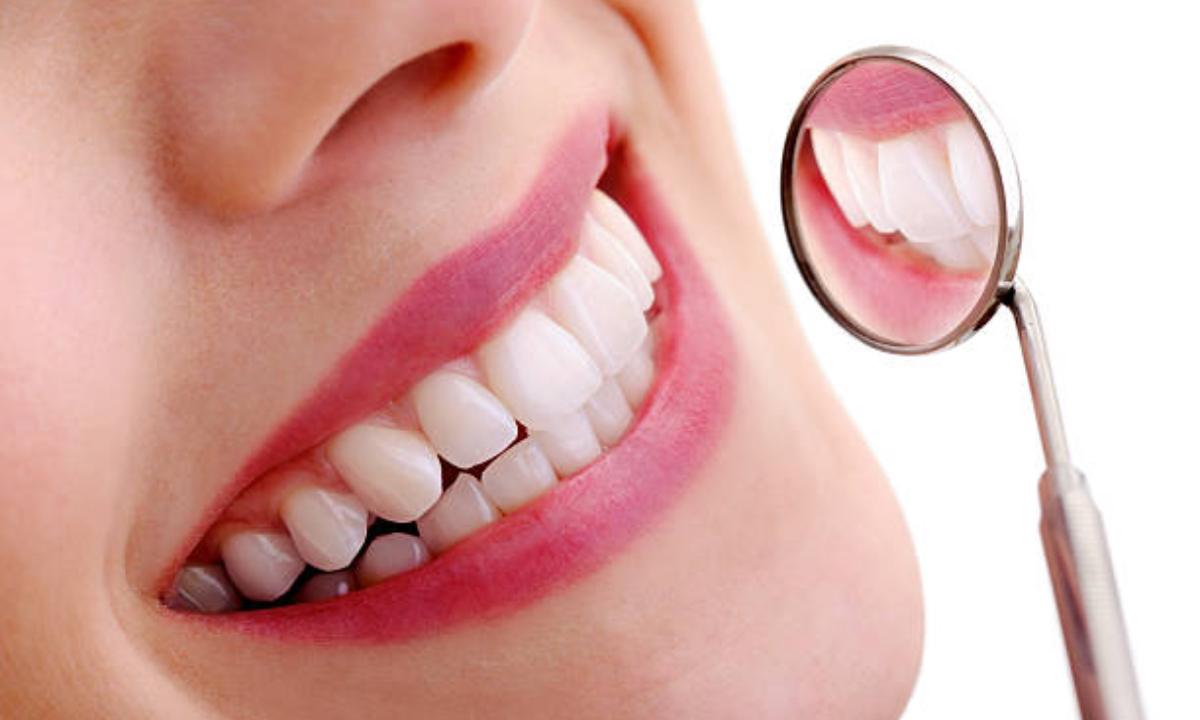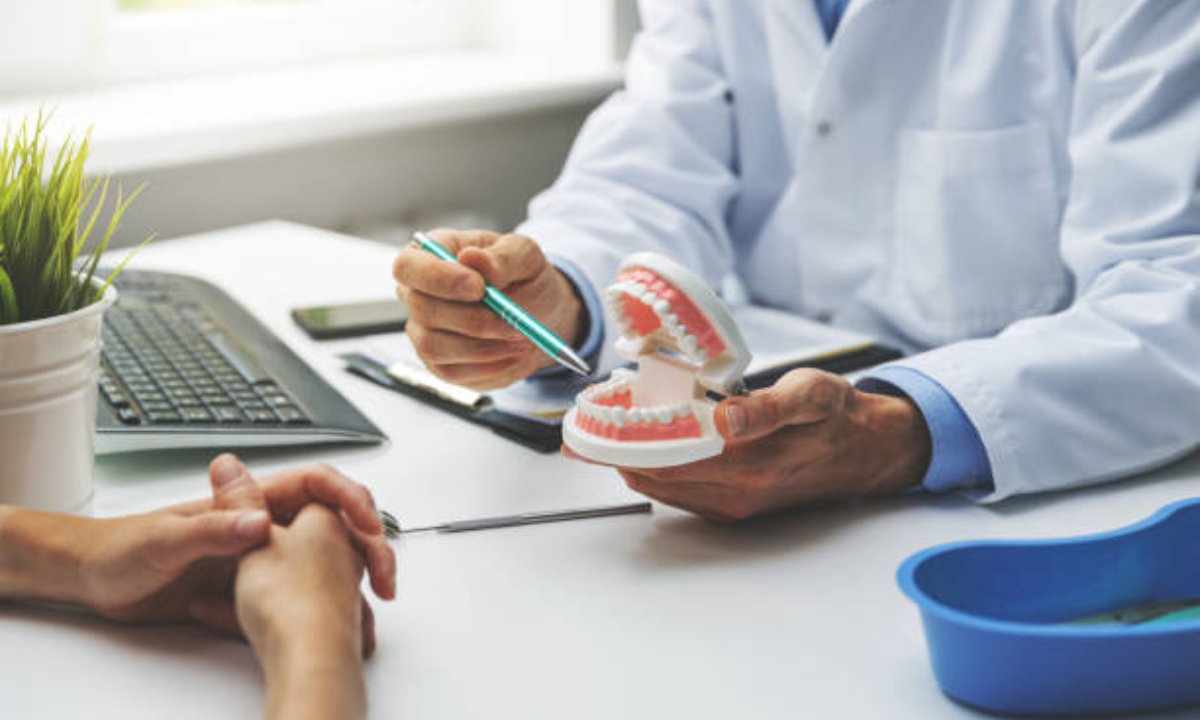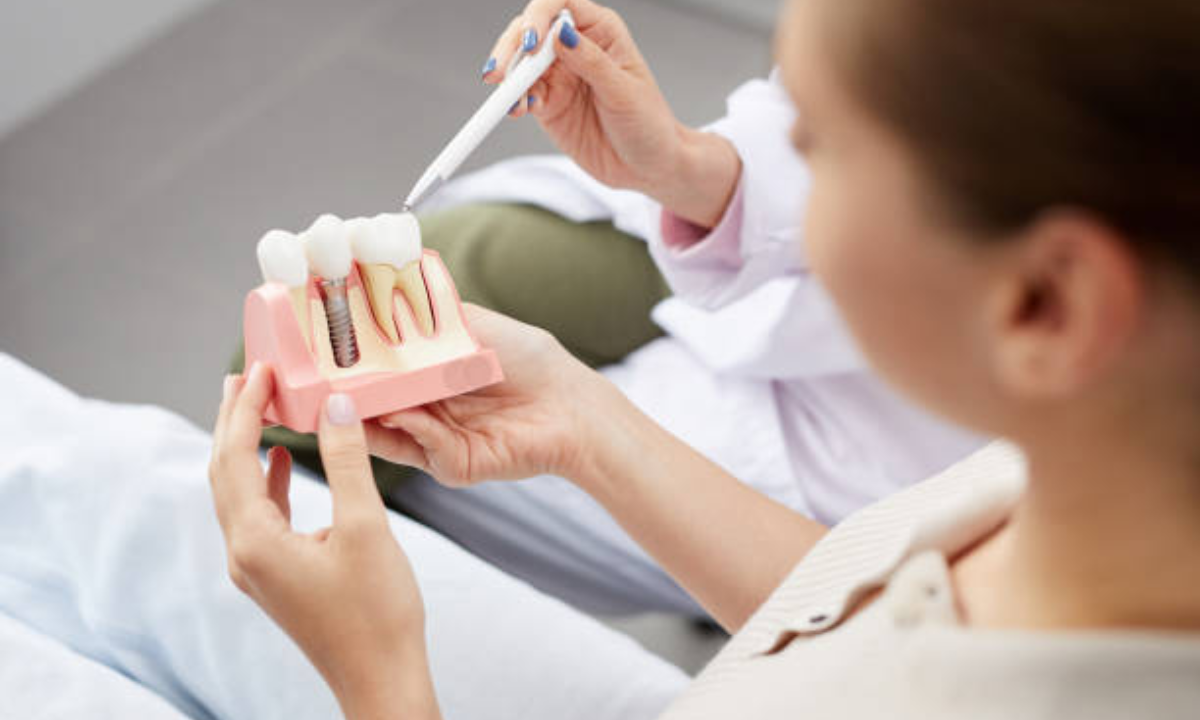Full mouth rehabilitation aims to comprehensively treat all dental issues in one treatment plan. Dental health is an important aspect of health; thus people must practice good dental hygiene. However, due to various reasons, perhaps because of age, accidents, illnesses or diseases, or lack of proper dental care, many people develop poor health of their oral cavity; which is not good.
This can decline your smile and confidence as well as have negative impacts on your health and well-being. Full mouth rehabilitation is the process of managing and restoratively treating all teeth in the upper and/or lower jaw arches. It enhances oral health greatly because it corrects all the available dental problems.
There are some dental clinics like Growing Smiles that offer services of partial denture in Whitefield. Some people still have teeth remaining but they require partial dentures, they can visit clinics; Growing smiles for a dental check-up, and then get their partial denture made.
Thus, partial dentures in Whitefield are a good intermediate option in the case of missing teeth since they do not have the drawbacks of the removable full dentures.
People now feel clinics are in a position to more or less deal with all dental operations for instance root canals, fillings, crowns bridges etc. Residents can trust the dental clinic in Whitefield they are going to address their annual dental checkups and any emergencies.
Several orthodontists operating from their clinics in Whitefield can help both children and adults with issues like misaligned or protruding teeth. Specialists Orthodontists in Whitefield at Growing Smiles can straighten teeth and give an improved smile through procedures ranging from braces to invisible aligners.
Those looking to fix jaw, bite, or smile issues should consult trusted orthodontists practicing in Whitefield.
What is full mouth rehabilitation?
Full mouth rehabilitation can be described as a concept where the treating practitioner examines all the pathoses present in the patient’s mouth at one time and treats all of them comprehensively rather than treating each tooth or pathoses discretely. It is a total dental procedure where various operations like dental fillings, crowns, veneers, dental implants, gum treatment, and teeth straightening among others are treated. The objective is to get the mouth back to normal function with esthetic, durable rehabilitation.
In the comprehensive assessment, dental X-rays are made for cavities, crack lines, and any other hidden problems. According to this, a detailed therapeutic strategy is worked out. All necessary procedures like root canals, extractions, and periodontal treatment are done, and temporary or permanent restorations are placed in a single visit or multiple sittings. The treatment continues till all teeth are restored to optimal health and function.
How does it improve oral health?
Addresses all existing dental problems:
Full mouth rehabilitation means that the dentist assesses the entire mouth and devises a treatment plan that is used to solve all problems simultaneously. This is important as this makes a patient fully healed and anything like that cannot happen again since it is final.
Restores chewing ability and function:
By fixing teeth, and placing crowns, bridges, or implants wherever required, full mouth rehabilitation restores the natural ability to chew and eat easily. This allows you to enjoy a normal diet instead of avoiding hard or chewy foods.
Eliminates infections and gum disease:
Periodontal treatment, deep cleaning and teeth straightening done as part of the procedure help get rid of any gum infections or periodontitis. This prevents further bone and tooth loss.
Improves oral Hygiene:
Having a healthy, stable bite with no gaps or spaces between teeth after treatment makes it easier to brush and floss properly. Better home care helps maintain the results achieved through rehabilitation.
Reduces sensitivity:
People with sensitive teeth due to exposed roots, cracks, or receded gum can benefit from this treatment through endodontic treatment, filling, crowning, or capping of the teeth.
Boosts confidence and self-esteem:
A rehabilitated smile with uniformly aligned, bright white teeth restores facial esthetics and confidence. This positively impacts the quality of life.
Procedure Involved
Restorative phase: This initial phase focuses on fixing existing dental issues. Examples where restorative procedures for individual teeth are done include root canals, extraction, scaling, filling, crown, veneer, or a bridge.
Periodontal phase: Gum treatments like deep cleaning below the gum line, procedures to regrow lost bone, and tightening of loose teeth are performed in cases with severe gum disease.
Alignment phase: If the teeth are not straight and/or spaced apart or spaced evenly, then in most cases on the lower arch or sometimes upper Arch aligners, spacers, or sometimes braces are put in to align the positions of the teeth properly.
Prosthetics phase: Where multiple teeth are missing, implants or removable dentures are placed for function and esthetics after allowing healing. Temporary or permanent restorations are then fitted.
Retention phase: This involves placing retainers, customized night guards, or bonded bridges to maintain the achieved results after active treatment ends. Continued oral hygiene practices are emphasized.
Expected Outcomes
With consistent follow-ups and care, full mouth rehabilitation yields several long-term benefits:
Ideal bite and function restored: Teeth meet evenly with no interfering contacts while chewing.
Improved appearance: Straight, evenly proportioned teeth and gums enhance facial features.
No compromises on esthetics or function: All visible and invisible dental issues are addressed holistically
Prevention of future dental problems: A healthy foundation is established to prevent new cavities, fractures, or periodontal disease.
Natural, long-lasting results: Restorations blend well and can last 10-15 years with proper care.
Confidence to smile and chew without worry: Overall quality of life is enhanced greatly after rehabilitation.
How long does mouth rehabilitation take from when treatment begins to its completion?
The complete treatment in the Full Mouth Rehabilitation process presupposes and hence takes around between 6-12 months on average. Some key points about the timeline:
- Initial examination and planning: This takes 1-2 visits over 1-2 weeks to do exams, x-rays, and models, and develop a thorough treatment plan.
- Restorative phase: Addressing things like fillings, extractions, and root canals, takes 2-4 months. This is done in phases to allow healing.
- Periodontal treatment: Deep cleanings and treatments to regrow bone may take 4-6 months, requiring several visits and healing time.
- Alignment phase: Straightening severely crooked teeth with Invisalign or braces typically takes 6-12 months of incremental movement.
- Prosthetic phase: Placement of implants, dentures, and bridgework takes 2-6 months depending on healing needs.
- Delivery of final restorations: Once alignment and prosthetics are complete, it may take 1-2 visits over 2-4 weeks to fit and cement permanent crowns, veneers, and bridges.
- Retention and follow-ups: Most dentists schedule follow-ups for 1 week, 6 months, 1 year, and then annually after the full rehabilitation is complete to check on maintenance and to address any future issues early.
In short, while it varies, most full mouth rehabilitation cases take a minimum of 6 months to a maximum of around 12 months from the start to achieving the final result. Patience is required as it is a comprehensive, phased process.
Conclusion
While it requires multiple visits, full mouth rehabilitation is a comprehensive treatment that can transform your oral health and smile. Addressing all existing dental problems simultaneously sets you up for continued dental wellness in a natural, long-lasting way. When you have several dental problems, this form of treatment is advised for function as well as for the rebuilding of self-esteem.
Growing Smile Dentist provides a wide array of cosmetic dental treatments that help enhance the appearance of teeth, increase confidence, and maintain good dental health.



